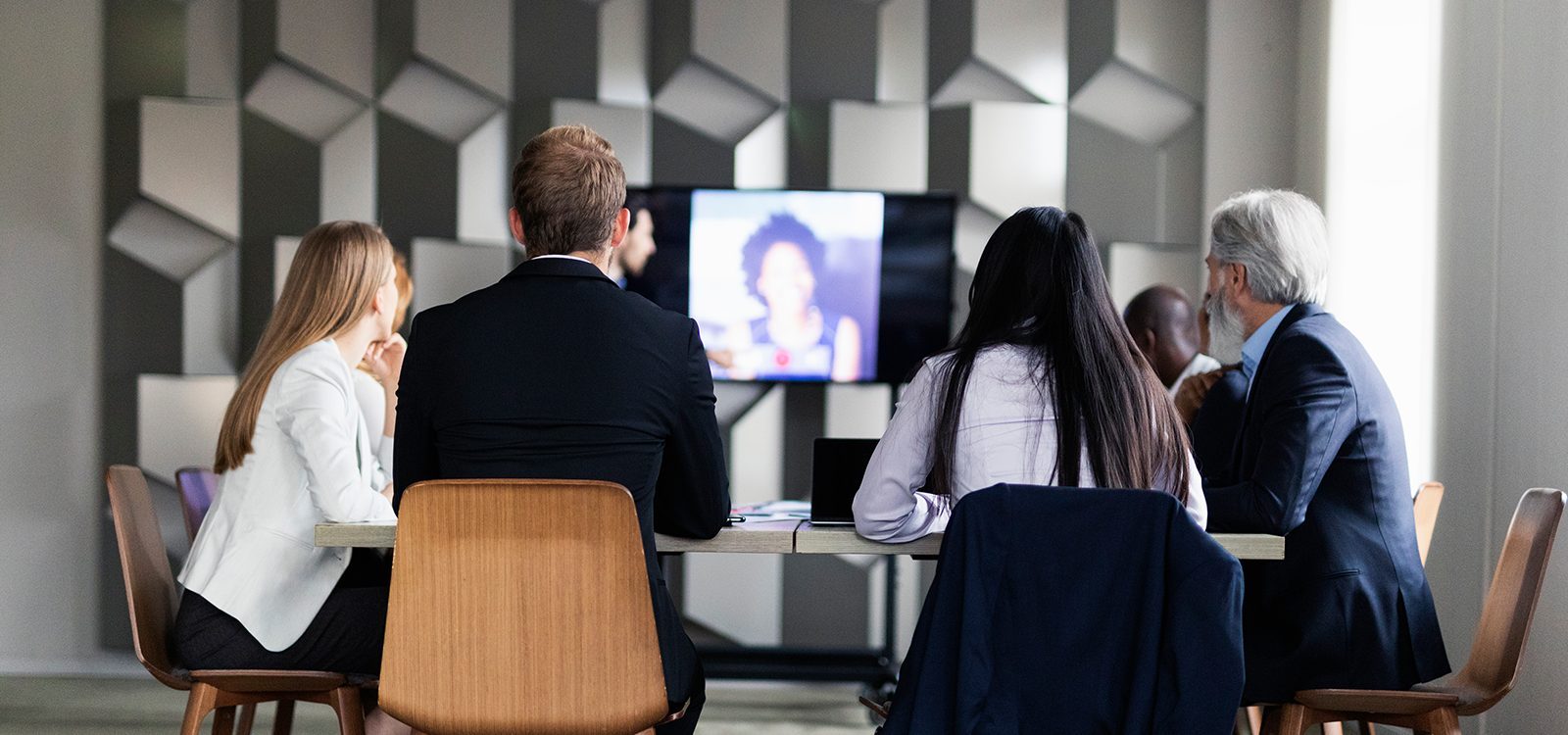
How to tangle with the Media or the Board via Zoom
So, while you’re trying to home school your kids and share your new WFH office with a too-present partner, you’re about to engage in a media interview, attend an important Board meeting, or deliver a major presentation.
It may not be your first tangle with the press or fellow directors. But it could be your first via Skype or Zoom. And while everyone accepts that at home, foibles are on display, there are tips and tricks to looking and sounding like a pro.
Video calls, via Skype or Zoom, are the best alternative we have to face-to-face meetings, and the alternative of choice for anyone running a television or live-steaming news service, or a virtual conference.
And they could be here to stay
AusBiz, launched in late March by Sunrise TV frontman David Koch, has staked its existence on live streaming. Its studio is a slick operation in a waterfront Barangaroo tower. But it’s likely to keep doing interviews remotely, via Skype.
In the past, a TV network news producer would send a reporter and a cameraman, sometimes lugging sound equipment, to a location to do an interview.
But if news was abundant and crews short on the ground, the cameraman might arrive to film and record answers to questions asked over a phone. Only the answers make the nightly news.
In lockdown, you’re likely to be setting up your own ‘studio’, and testing your own sound and lighting. This too is true for conference presentations.
Don’t forget, what you’re about to say will be interesting, but what’s behind you on your walls, strewn on your desk, and propped up on bookshelves, is almost as compelling to those of us looking for insights into who you are and why you’re important.
Who could have known, as The Australian Financial Review pointed out, that AMP chief executive Francesco De Ferrari had put volumes 1, 2 and 3 of Kenneth Hayne’s Royal Commission to uncommon use: a stand for his Dell laptop?
De Ferrari was doing what Tom Ford recommended in a New York Times interview: perch your laptop on a stack of books so that the camera is higher than your head. Take Tom Ford at his word; he was the creative director at Gucci and YSL.
Size also matters. Your head and shoulders should be the right size on the screen, not too big and not too small. You need to be back far enough so that you don’t dominate the screen space, but close enough to ensure your features are clear.
Don’t wave your hands around – they will look huge in front of your face because they are closer to the camera. Fluttering hands are a distraction, as is a table that wobbles as your hands flap.
You also need to make sure your lighting and sound are good.
If you can, sit in front of window, with natural, diffuse light on your face. If that’s not going to work, place a soft lamp in front of you, just behind the computer. You want an even light across your face, with no awkward shadows.
And think about your earphones: the less intrusive to the viewer, the better.
Before you get started, do a test run. Make sure you’ve got your collar fixed, hair brushed and there’s nothing to distract you or your audience from what you’re saying.
Know what you’re going to say. If it’s a media interview, understand its news value, and think hard about how you’ll deal with any prickly questions.
Get the too-present partner to clear away private documents, push aside domestic detritus, lock the WFH office door against hippity-hoppity mid-interview interruptions. Then, fire up. Bring your energy and considered answers to your audience.
And if you ever need help, call us.
At P&L Corporate Communications, we are all former news reporters with print or television backgrounds. We’ve worked with CEOs across sectors during the COVID-19 lockdown, in a 30-minute burst of media training, to help executives stay on track, even in a crisis, and deliver.
CPD: Actuaries Institute Members can claim two CPD points for every hour of reading articles on Actuaries Digital.






